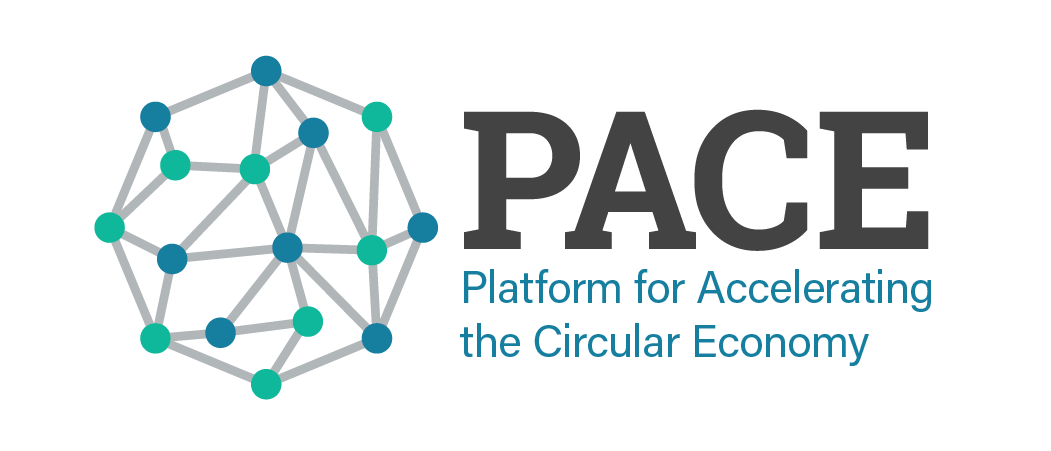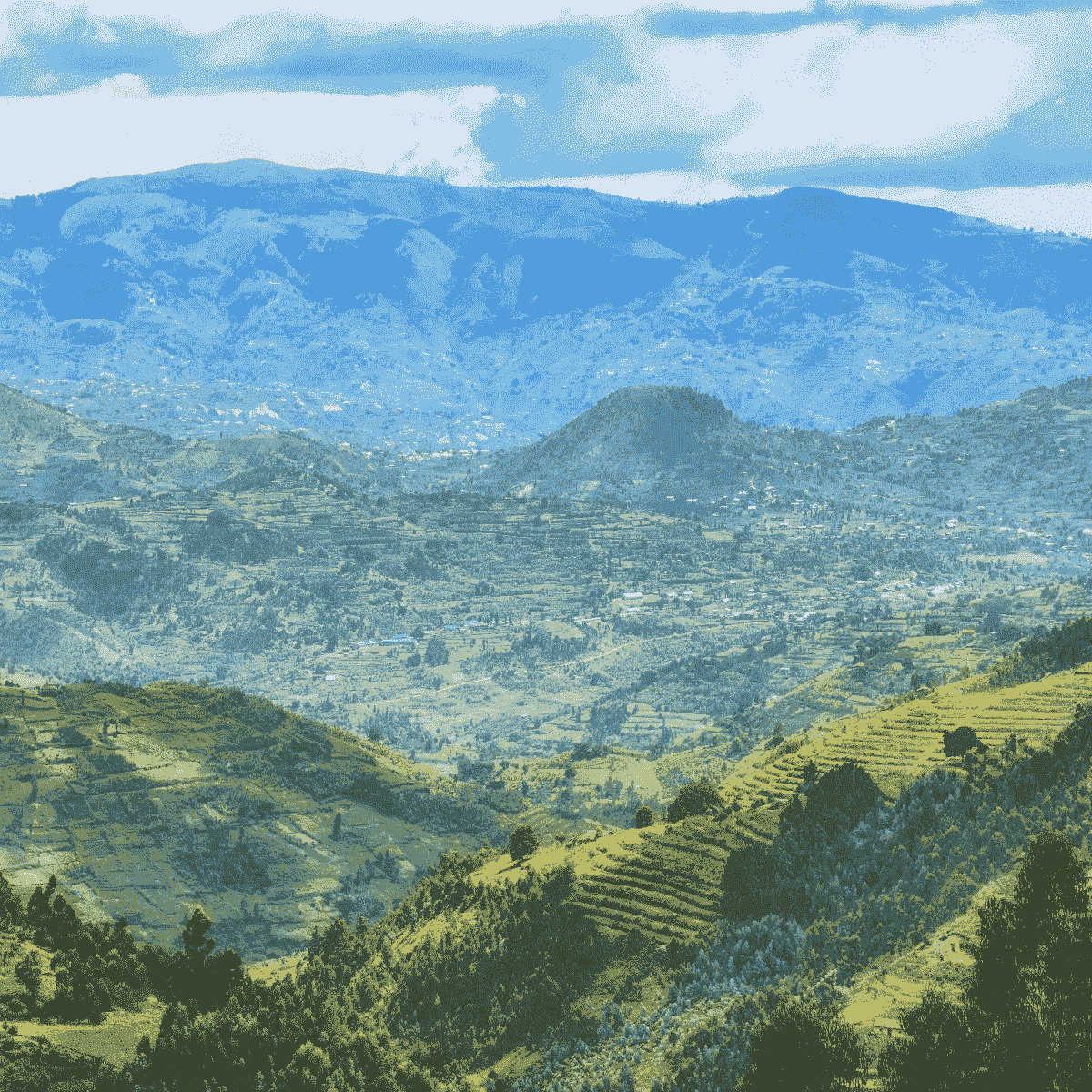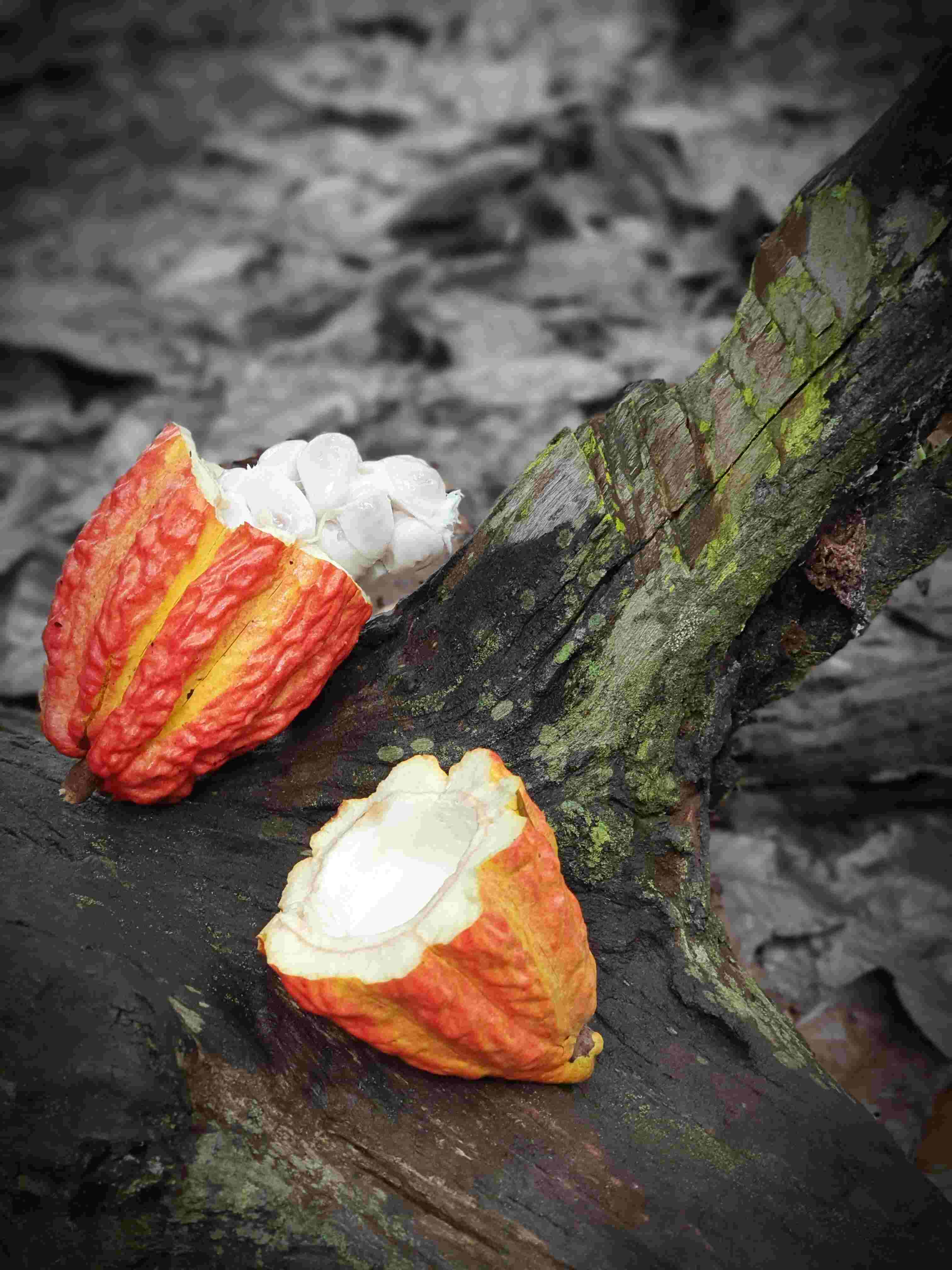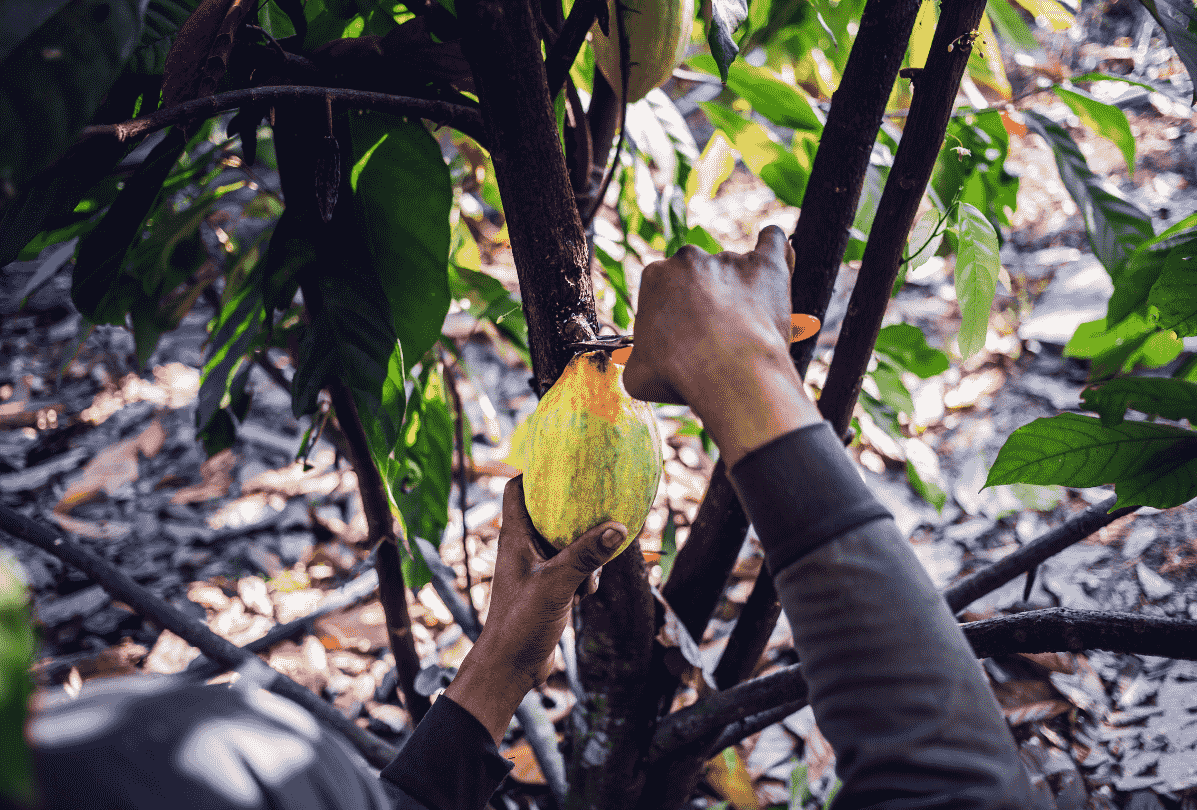From electricity to soap: Productive uses of by-products within the cocoa value chain
Article subtitle
PACE, in partnership with Resonance, has identified where the circular potential lies in cocoa. In this week’s blog, we explore the by-products of cocoa production: what they are, how they can be repurposed effectively, and what is already being done to tap into their circular potential.
PACE, in partnership with Resonance, has identified where the circular potential lies in cocoa. In this week’s blog, we explore the by-products of cocoa production: what they are, how they can be repurposed effectively, and what is already being done to tap into their circular potential.
In order to get a bar of chocolate or a box of cocoa powder to a supermarket shelf a lengthy process takes place in millions of smallholder farms across countries like Côte d’Ivoire and Ghana. The cacao trees bear fruit, the cacao pods are harvested, and the raw cacao beans are then extracted, fermented, dried, and processed. However, this leaves the majority of the fruit – the pod husks, the pulp, and the bean shells – to be discarded, resulting in an estimated 700,000 tons of global cocoa waste per year.
Given this huge amount of uncontaminated organic by-products of cocoa, there is a clear opportunity in the value chain for capturing and transforming waste. Having outlined the reasons why the cocoa value chain has such high potential, we’re now highlighting the various ways to introduce circularity into cocoa production.
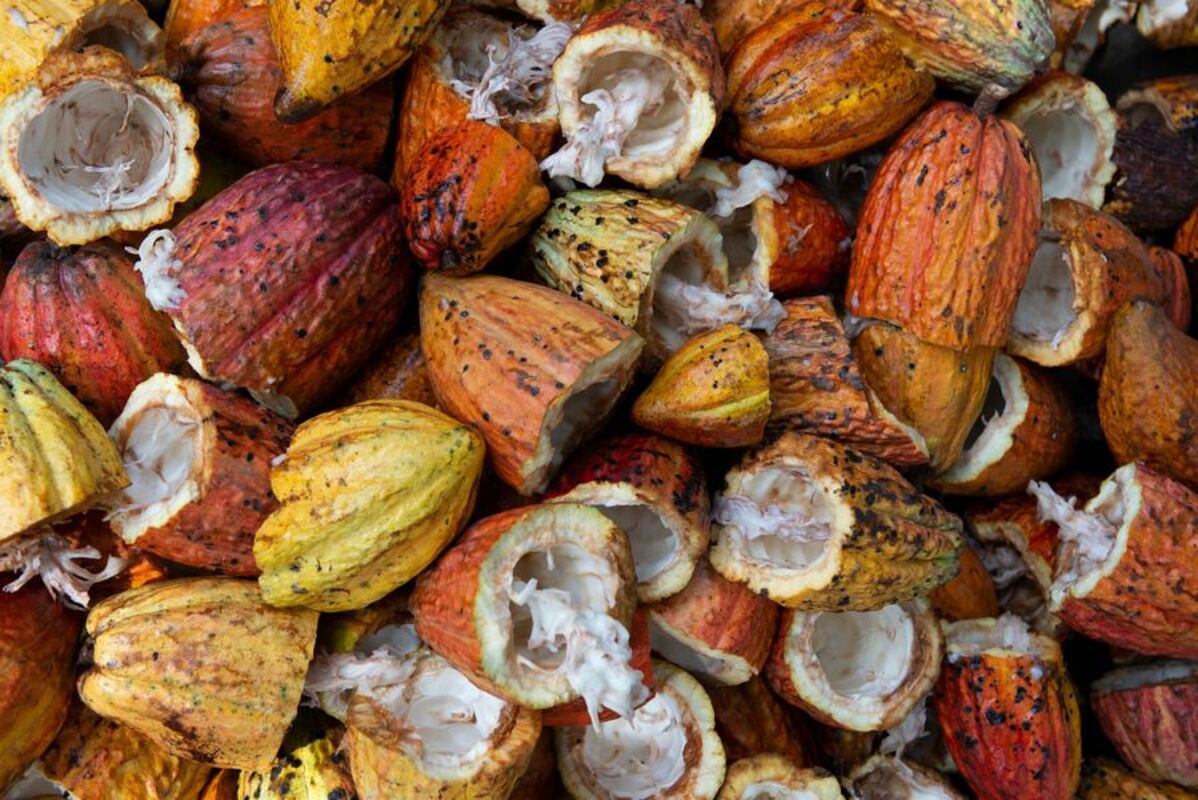
Discarded cacao pods
Cacao Pod Husks
Alternative animal feed source
In countries like Ghana, there is an increasing demand for new sources of animal feed, with the prices of traditional feed putting a strain on the farming process. Cacao pod husks present a promising alternative for farmers. However, there is a need for certain treatments to remove harmful elements from the pods.
Compost
Research has proven that both healthy and diseased pod husks can be effectively used as compost and improve soil quality. Additionally, biochar produced with cacao pod husks could help restore soil by building nutrients and improving other soil characteristics. Agricultural extension workers, NGOs, and farmer groups could assist local farmers in adopting these sustainable practices and utilizing common waste.
Electricity production
Cacao pod husk is well-suited as a biomass source for electricity production. The waste ash is rich in potassium, which can be converted into various chemical products. In Uganda, research has been conducted on using cacao pod husks to generate electrical energy. Using agricultural waste for energy generation is most suitable in rural farming areas, where biomass is readily available in large quantities and pollution-free.
Cacao Pod Ash
Cacao pod husks can be sun-dried and burned to produce cacao pod ash comprising of 40% potassium hydroxide or potash.
Fertilizer manufacturing
Cacao pod ash can be used to manufacture fertilizers. The potassium found in the ash can be mixed with starch and processed into pellets which can be easily used in fertilizer. Cacao farmers can macerate the cacao pod husks as biofertilizers to restore environmentally important soil elements.
African black soap
Cacao pod ash is also commonly used in West African countries to produce African black soap, which is sold worldwide. To make the soap, cacao pods are dried in the sun, and then roasted in a clay oven. The clay oven is the only piece of machinery that is needed to create the soap.
Cacao Pulp (also known as Mucilage or Baba)
Food and beverage
Cacao pulp is sweet and nutritious and is often consumed by cocoa farmers and farming communities. The pulp has been commercialized by various companies specializing in cacao pulp drinks. Pacha de Cacao, an Ecuadoran company with a zero-waste policy works closely with two farms to retrieve the pulp and sells natural vegan cacao juice.
Cocoa liquor is another major product made from cacao pulp, mainly produced by European companies because of the high cost of processing.
Cocoa Bean Shells
Cocoa bean shells have high potential for productive repurposing because of their composition; however, they often cannot be used directly in food production because they may contain components that are harmful to human health. High-voltage electrical discharge presents a novel method that can decontaminate waste materials and enable farmers to sell detoxified cacao shells for upcycling.
Cocoa flour
Cocoa bean shells can also be ground to make cocoa flour for use in cooking and baking. Cocoa flour is rich in theobromine, dietary fiber, minerals, vitamins, and antioxidants, which make it a healthy, gluten-free alternative to traditional flour and even a functional superfood flour.
Suppressing weeds
Cocoa bean shell mulch can be used to suppress weeds in perennial fruit crops, gardens, urban landscapes, and occasionally in vegetable crops in organic production systems. Cocoa shells have the capacity to reduce weeds organically and retain moisture in garden beds. Biochar made from cocoa shells is also a natural fertilizer.
Opportunity
The cocoa industry is highly lucrative, yet it continues to be plagued by the problems of low productivity and crop diseases due to climate change, and the longstanding issue of labor equity. What is now seen as waste, however, is in fact an opportunity to provide new revenue streams for smallholder farms cultivating cocoa and improve environmental sustainability. Repurposing the by-products of cocoa in ways we have outlined here will be a vital step in the direction of a more circular, fair, and efficient production.
